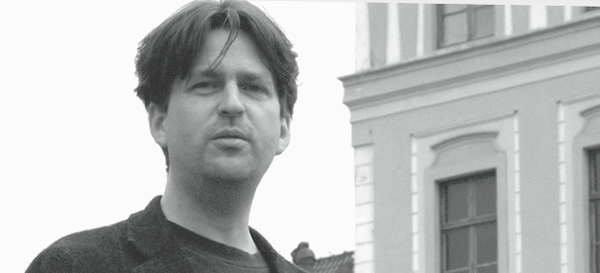The One-Month Research Stipend program supports advanced scholars who spend a month conducting research in the Dumbarton Oaks collections. The next application deadline is March 1, 2014.
Thomas Mical (University of South Australia), at Dumbarton Oaks from November 15 to December 15, 2014, worked on English Baroque Geometry and Power.
This past winter my short-term research project at Dumbarton Oaks was an investigation of the eighteenth-century complexities of the UNESCO heritage site of Royal Greenwich in London. I came to Dumbarton Oaks with a series of parallel investigations of this curious but historically significant landscape, which is historically inflected by the convergence of the institutions of Inigo Jones’s Queen’s House (royal patronage), the Royal Navy (mapping of empire), the Naval Hospital (medicine), and the Royal Greenwich Observatory (astronomy). Following from aspects of media theory, each of these institutional presences is considered as a component in larger distributed networks, and each also expresses subtly differentiated architecture-landscape interface patterns across time.
Early in my research visit I presented the problematics of reconciling diverse research lines into this site, and I was greatly assisted by the informal feedback provided by the landscape researchers present at my talk. This lead me to investigate the significance of topography and functional shifts in the architecture across time, further research into the contributions of Le Nôtre to the design of Greenwich Park, and a material-culture focus on the practices involving glass at the site in the eighteenth century, including windows, medical vessels, surveying equipment, and optical devices. The completed research has led to a closer examination of the diverse geometries of power at play in the historical site. Increasingly my reading turned toward the co-presence of a more soft and subtle proto-geometry of the emerging picturesque landscape style, and my landscape investigations reconsidered the park and greens as aspects of the newer fields of emotional/sensual history. The resulting essays and conference papers developed in December 2013 will hopefully demonstrate the richness of the intellectual environment of Dumbarton Oaks that fermented these inquiries.

